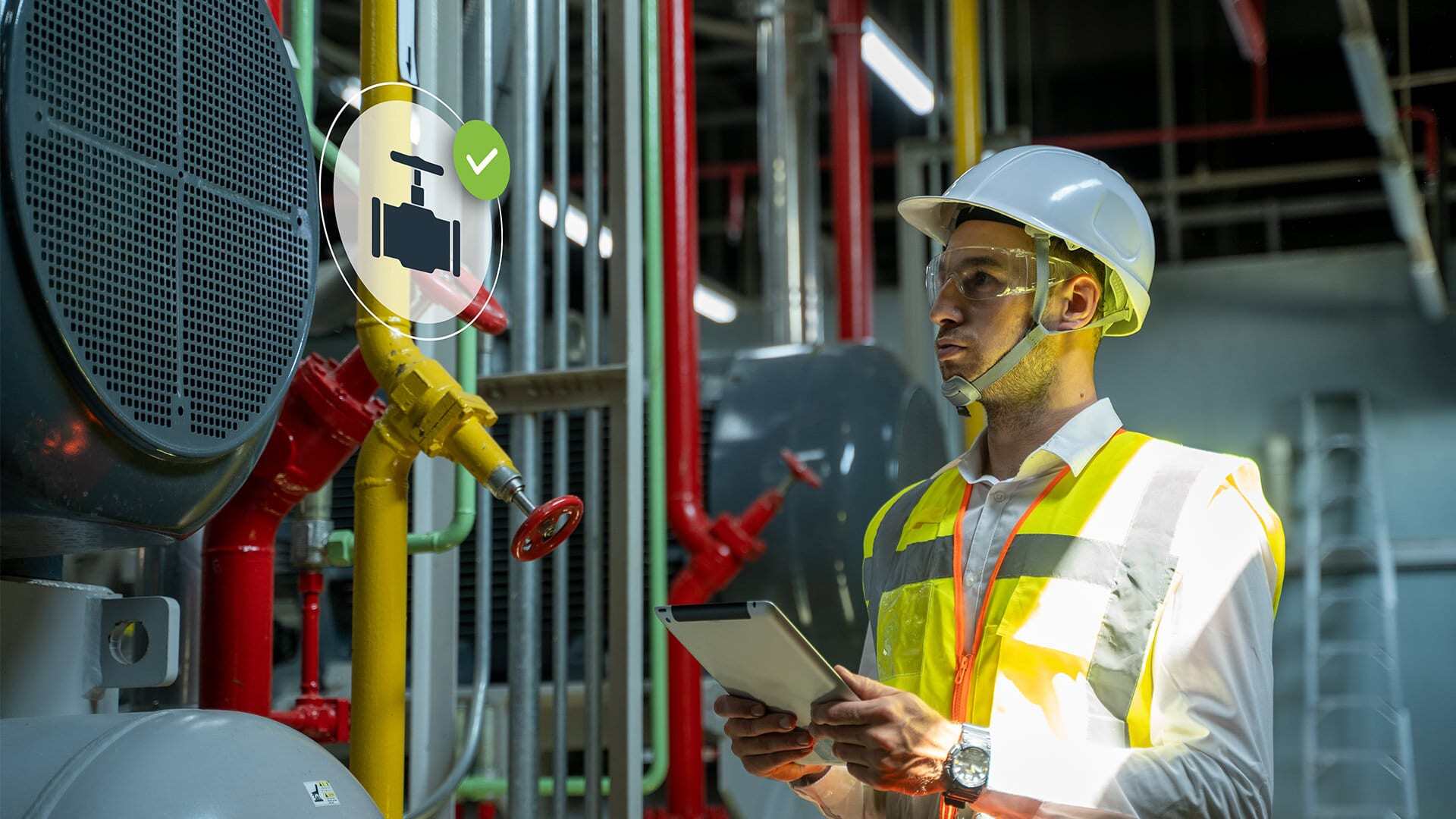.png)
Ever wondered why the MEP systems in a skyscraper seem far more complex than those in your flat? That is because MEP engineering plays a significantly different role in residential versus commercial structures. Whether it is powering a cosy two-bedroom flat or maintaining a high-rise office, MEP projects must be tailored to the building’s unique needs. Residential buildings are typically focused on comfort, efficiency, and simplicity, while commercial ones demand performance, scalability, and strict regulatory compliance.
Understanding how MEP infrastructure varies across building types can help architects, engineers, and even property developers make better design decisions. Whether you are a budding MEP engineer, a construction enthusiast, or someone looking to explore the growing MEP industry, this blog is your backstage pass to the fascinating differences between MEP systems in homes versus commercial buildings.
Purpose of MEP Systems

At its core, MEP engineering integrates three key disciplines: mechanical, electrical, and plumbing. Together, they ensure that a building is liveable, safe, and efficient. These systems provide climate control, power distribution, lighting, fire safety, water supply, and waste management.
In residential settings, MEP systems aim to offer maximum comfort to occupants. Think of heating that warms up your room on a winter morning, or plumbing that delivers hot water on demand. The focus is on convenience and energy efficiency.
In commercial buildings, however, the scale and complexity go up a few notches. Here, MEP construction management must accommodate high occupancy, varying usage patterns, strict safety standards, and greater automation. Large HVAC systems, backup generators, energy management technologies, and fire protection systems all become part of the mix.
The introduction of BIM MEP services, Revit MEP software, and advanced MEP design software allows engineers to model and coordinate these systems more effectively. These digital tools also enable real-time collaboration between architects, contractors, and engineers ensuring seamless design integration and minimal clashes during construction.
Key Differences in MEP System for Residential and Commercial Buildings
1. System Complexity
In residential buildings, MEP systems are fairly straightforward. A simple split air-conditioning unit or a central heating boiler is usually sufficient. Plumbing networks are compact, and lighting systems are uncomplicated.
In contrast, commercial buildings often require intricate solutions. These include centralised HVAC systems, massive ductwork, advanced electrical panels, and multi-zoned plumbing systems. MEP BIM modelling is essential in such setups to ensure optimal space utilisation and system coordination.
2. Design Approach and Customisation
The design for residential MEP projects is typically standardised. You might have minor tweaks, but most homes use similar templates. On the flip side, commercial buildings require highly customised MEP design, tailored to function-specific zones like conference rooms, cafeterias, or server rooms.
This is where tools like Revit MEP and BIM software shine. They offer detailed simulations, allowing for early clash detection and design optimisation across multiple trades.
3. Energy and Efficiency Demands
Residential buildings prioritise energy efficiency, but commercial structures are governed by stringent codes and standards. There is a heavy emphasis on sustainability, power load balancing, and energy consumption tracking.
With the help of MEP software and BIM MEP services, energy models can be created to simulate building performance before breaking ground. This proactive approach helps in reducing long-term operational costs.
Also Read: Top 50 MEP Interview Questions & Answers 2025
4. Mechanical Systems (HVAC)
Homes usually rely on smaller, decentralised HVAC systems. A simple split AC or window unit is commonly seen in residential buildings.
Commercial properties employ sophisticated systems like VRF (Variable Refrigerant Flow), rooftop units, or chilled water systems. These are managed through MEP construction management practices to ensure temperature consistency and air quality across large spaces.
5. Electrical Distribution
Residential electrical systems focus on delivering power for basic household appliances and lighting. The power demand is predictable and limited.
Commercial electrical systems deal with a far higher load, supporting everything from escalators to data centres. Distribution boards, backup power, and smart control systems are standard. This complexity necessitates the use of MEP design software and BIM MEP services to manage risk and performance.
6. Plumbing Infrastructure
Plumbing in homes is relatively simple. There are fewer fixtures and less water consumption overall.
Commercial plumbing systems are designed to manage high-volume usage, be it in office toilets, industrial kitchens, or retail washrooms. Systems must be robust and scalable, and MEP infrastructure must be well-coordinated using tools like Revit MEP for accuracy.
7. Safety & Compliance
Residential MEP systems need to adhere to safety codes but are generally less complicated. Fire alarms, smoke detectors, and basic ventilation are sufficient.
Commercial buildings must comply with a vast array of regulations concerning fire suppression, emergency lighting, sprinkler systems, and smoke extraction. The role of MEP engineering becomes mission-critical here, especially when using MEP BIM modelling for compliance and documentation.
8. Maintenance and Access
Homeowners rarely worry about maintaining MEP systems until something breaks down. Accessibility is not always prioritised in the design.
In commercial buildings, ongoing maintenance is crucial to uninterrupted operation. MEP engineers must design systems that allow easy access for routine checks and emergency repairs. This is often managed through collaboration tools and clear maintenance strategies within the MEP in architecture framework.
9. Technology Integration
Homes are catching up with smart technology, but the integration is still limited to lighting, heating, or basic security.
In contrast, commercial buildings often feature integrated systems for lighting control, HVAC, energy management, and fire safety. These technologies are embedded early in the design process using BIM software and coordinated through collaboration skills among all stakeholders.
Also Read: Top 10 MEP Engineering Courses in India 2025
10. Scalability
A house rarely changes its system requirements over time. In contrast, a commercial space might expand, change its function, or accommodate new tenants. Hence, commercial MEP works in construction are designed with flexibility and scalability in mind.
Conclusion
The world of MEP engineering is a fascinating blend of science, design, and technology. Residential MEP projects are all about simplicity and cost-efficiency, while commercial ones demand robust performance, scalability, and compliance with complex regulations.
Digital tools like Revit MEP, BIM software, and MEP design software have truly transformed how engineers approach modern buildings. With enhanced design integration, better collaboration tools, and advanced MEP BIM modelling, both residential and commercial projects are becoming more efficient, sustainable, and easier to manage.
We suggest you to explore the BIM Professional Course for MEP Engineers by Novatr. And visit our Resources Page to learn about the latest industry developments.
Also Read: Revit Software For MEP: Training, Certification & Benefits
FAQs
Q1. Why are MEP systems more complex in commercial buildings compared to residential ones?
Commercial buildings require larger, more integrated systems to support high occupancy, varied functions, and strict safety regulations. Unlike homes, they need centralised HVAC, advanced electrical distribution, and scalable plumbing. This complexity demands detailed planning, often using tools like Revit MEP and BIM software for coordination.
Q2. How does BIM help in designing MEP systems for different building types?
BIM MEP services offer a 3D visualisation and modelling platform that helps identify clashes, optimise layouts, and improve collaboration. Whether for residential or commercial MEP projects, BIM software ensures better accuracy, faster revisions, and efficient communication among stakeholders, leading to smoother construction and reduced rework.
Was this content helpful to you



.jpeg)



.png)